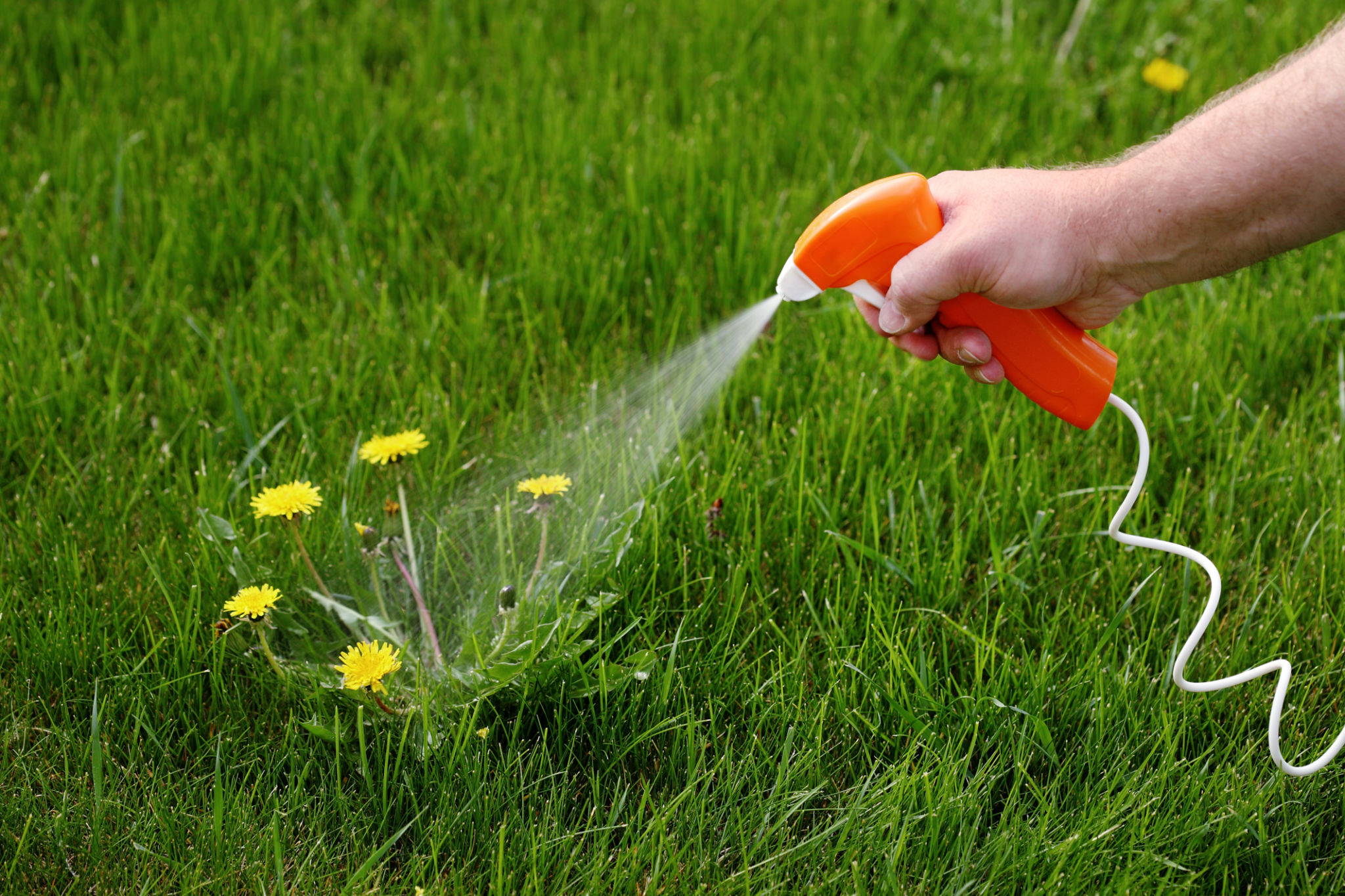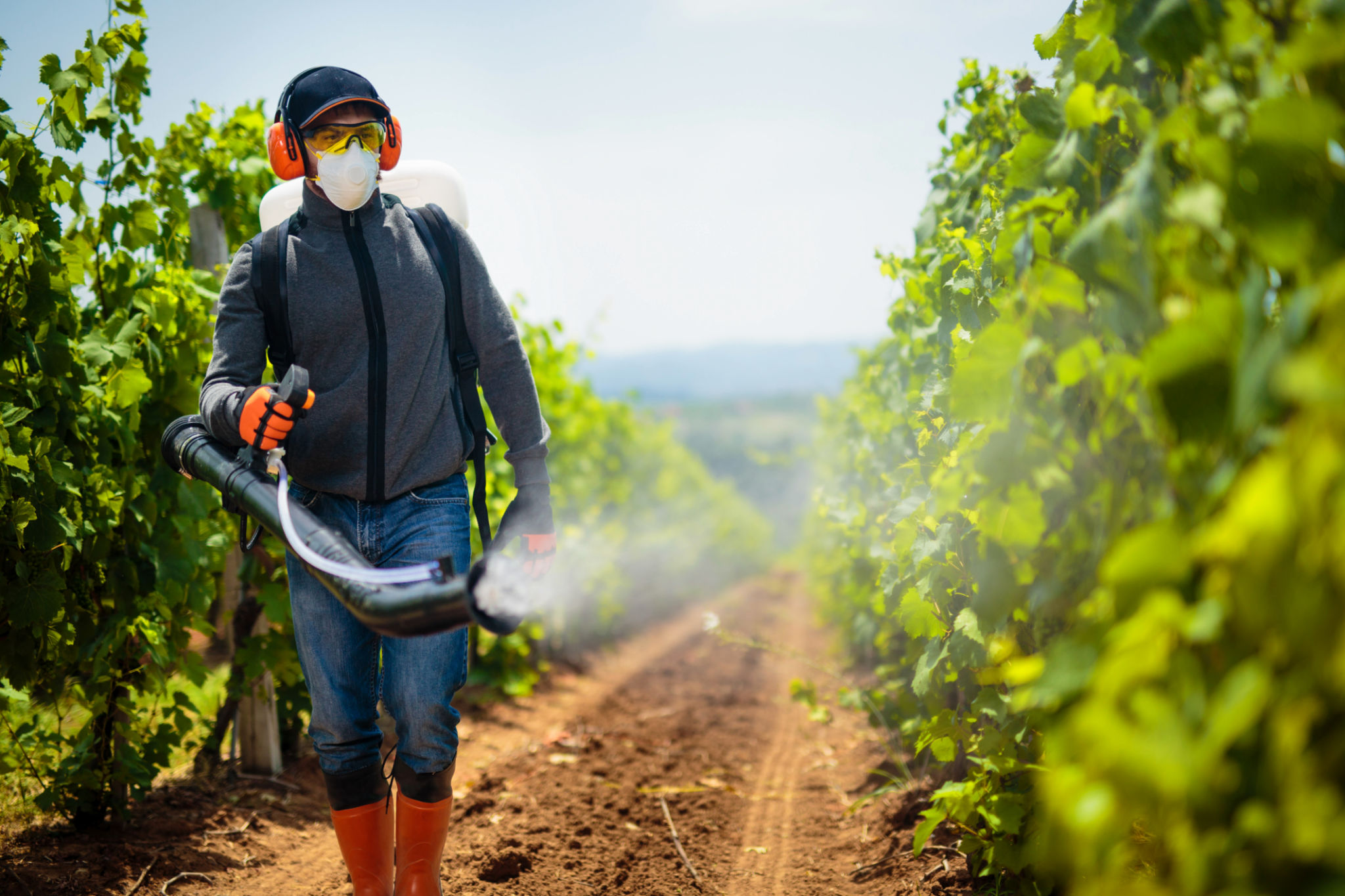Understanding How Herbicides Work on Weeds: A Comprehensive Guide
Introduction to Herbicides
Herbicides are chemical substances used to control or eliminate unwanted plants, commonly known as weeds. These chemicals play a crucial role in agriculture by helping farmers maintain healthy crops and increase yields. Understanding how herbicides work is essential for anyone involved in gardening, landscaping, or farming.

Types of Herbicides
Herbicides can be categorized into several types based on their mode of action and selectivity. The two main categories are selective and non-selective herbicides. Selective herbicides target specific weed species without harming desirable plants, whereas non-selective herbicides kill all plants they come into contact with.
Pre-Emergent vs. Post-Emergent Herbicides
Another way to classify herbicides is by their timing of application. Pre-emergent herbicides are applied to the soil before weed seeds germinate, effectively preventing them from sprouting. On the other hand, post-emergent herbicides are used after the weeds have already emerged, targeting the leaves and stems to kill existing plants.
How Herbicides Work
The effectiveness of herbicides depends on their mode of action, which is the way they interfere with plant growth processes. Most herbicides work by disrupting specific physiological functions in plants. Here are some common modes of action:
- Photosynthesis Inhibitors: These herbicides prevent weeds from carrying out photosynthesis, leading to their death.
- Growth Regulators: These chemicals mimic plant hormones, causing abnormal growth and ultimately leading to the plant's demise.
- Amino Acid Synthesis Inhibitors: They block the production of essential amino acids, crippling the weed's ability to survive.

Factors Affecting Herbicide Performance
Several factors influence the performance of herbicides, including environmental conditions, application techniques, and the weed species targeted. Weather conditions such as temperature, rainfall, and humidity can affect how well a herbicide works. Additionally, applying the right concentration and coverage is crucial for optimal results.
Resistance to Herbicides
Over time, some weed species may develop resistance to certain herbicides, making them less effective. This resistance occurs due to genetic mutations that enable weeds to survive herbicide application. To combat this issue, it's important to rotate herbicides with different modes of action and integrate other weed management practices.
Safety and Environmental Considerations
While herbicides are an effective tool for controlling weeds, they must be used responsibly to minimize environmental impact. It's essential to follow label instructions carefully and avoid over-application. Consider using integrated pest management (IPM) strategies that combine chemical, biological, and cultural methods for sustainable weed control.

Conclusion
Understanding how herbicides work on weeds is key to using them effectively and responsibly. By selecting the appropriate type and mode of action for your specific needs, you can maintain a healthy garden or farm while minimizing environmental impact. Always stay informed about the latest developments in herbicide technology and practices to ensure the best results.